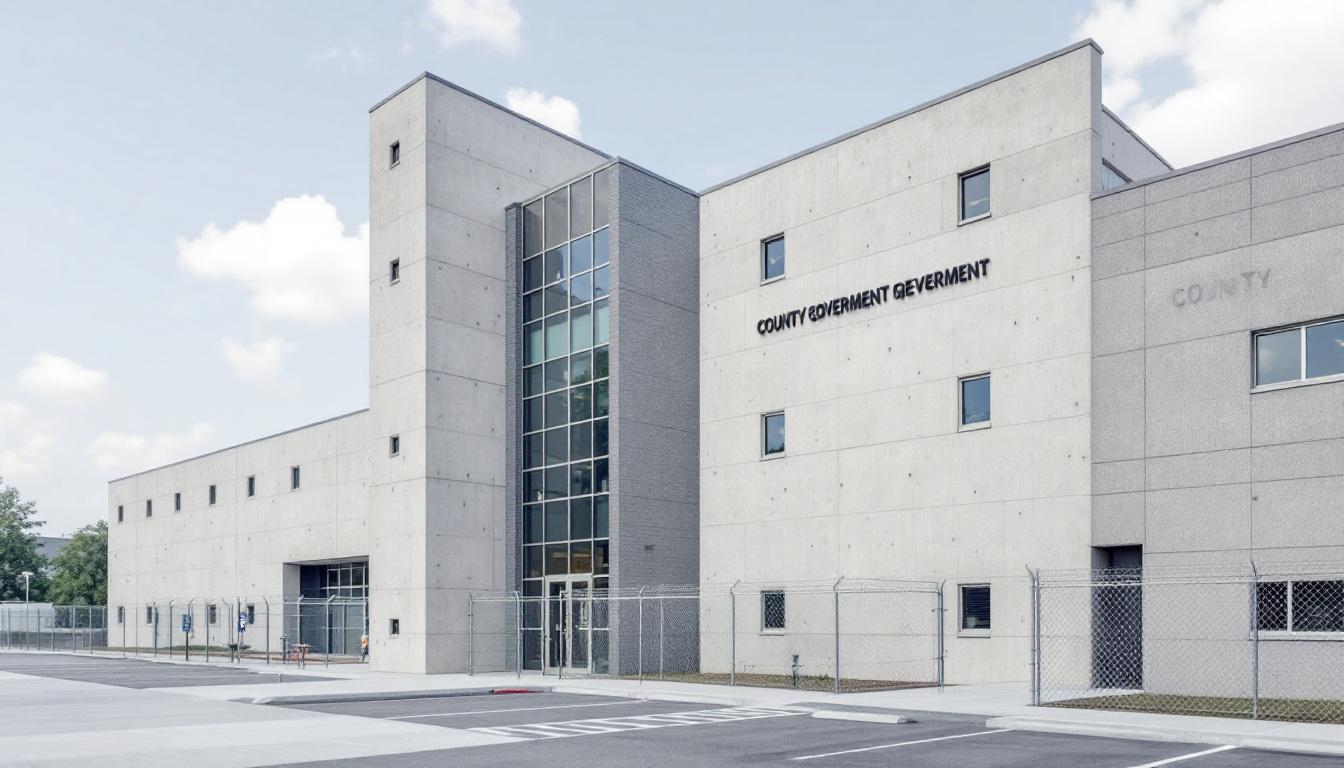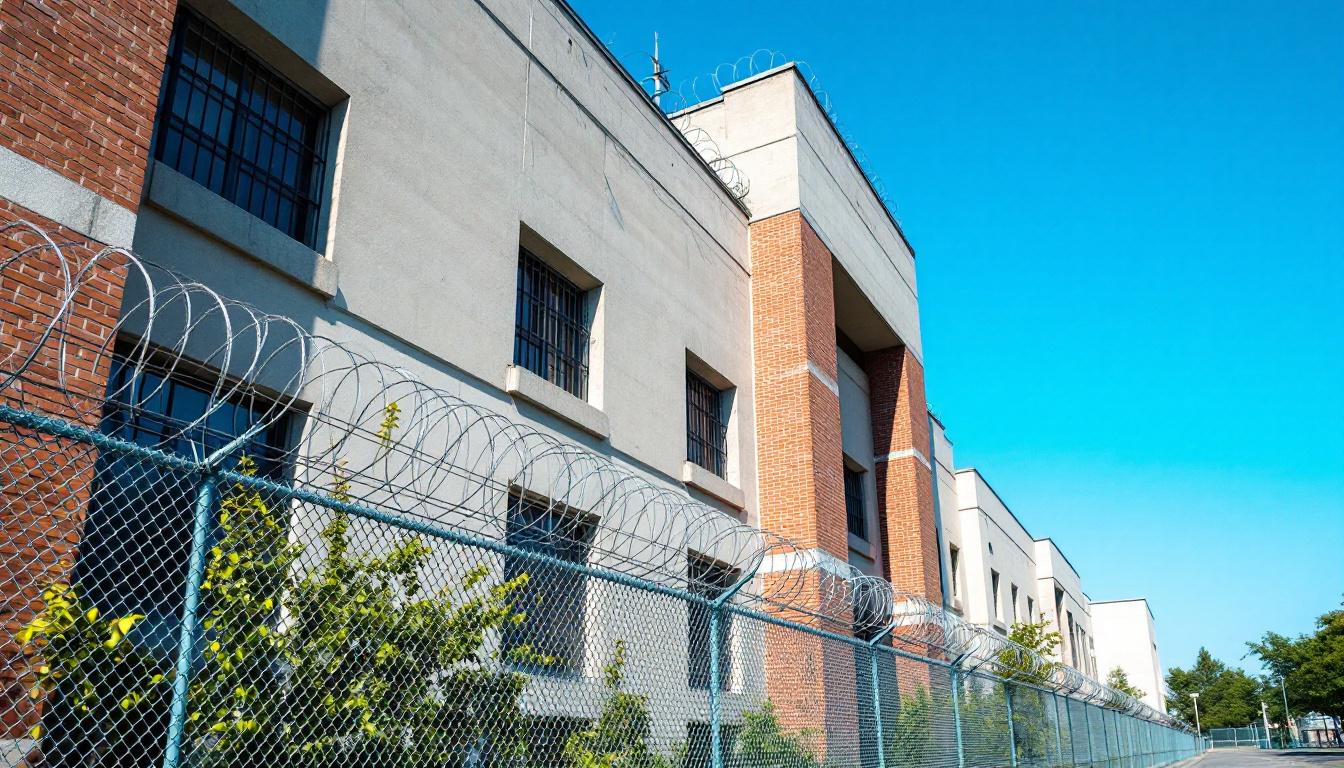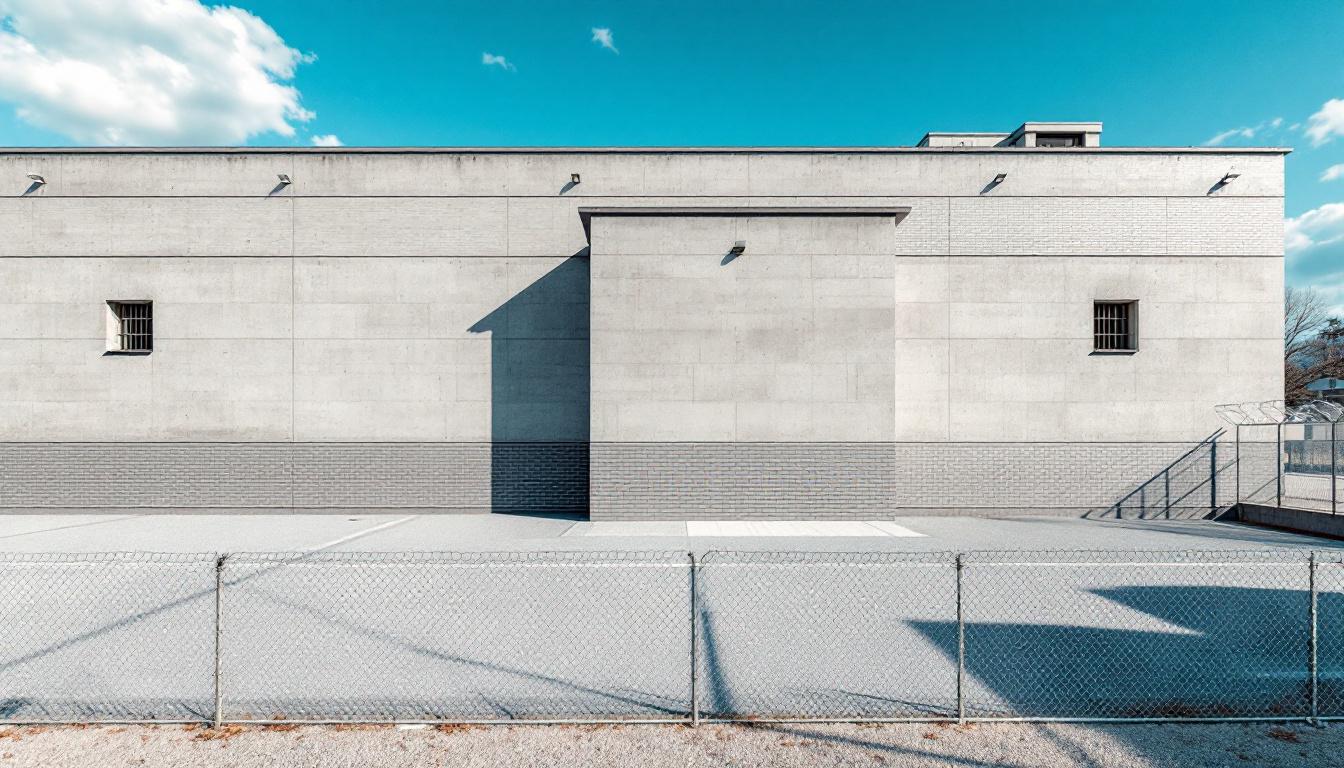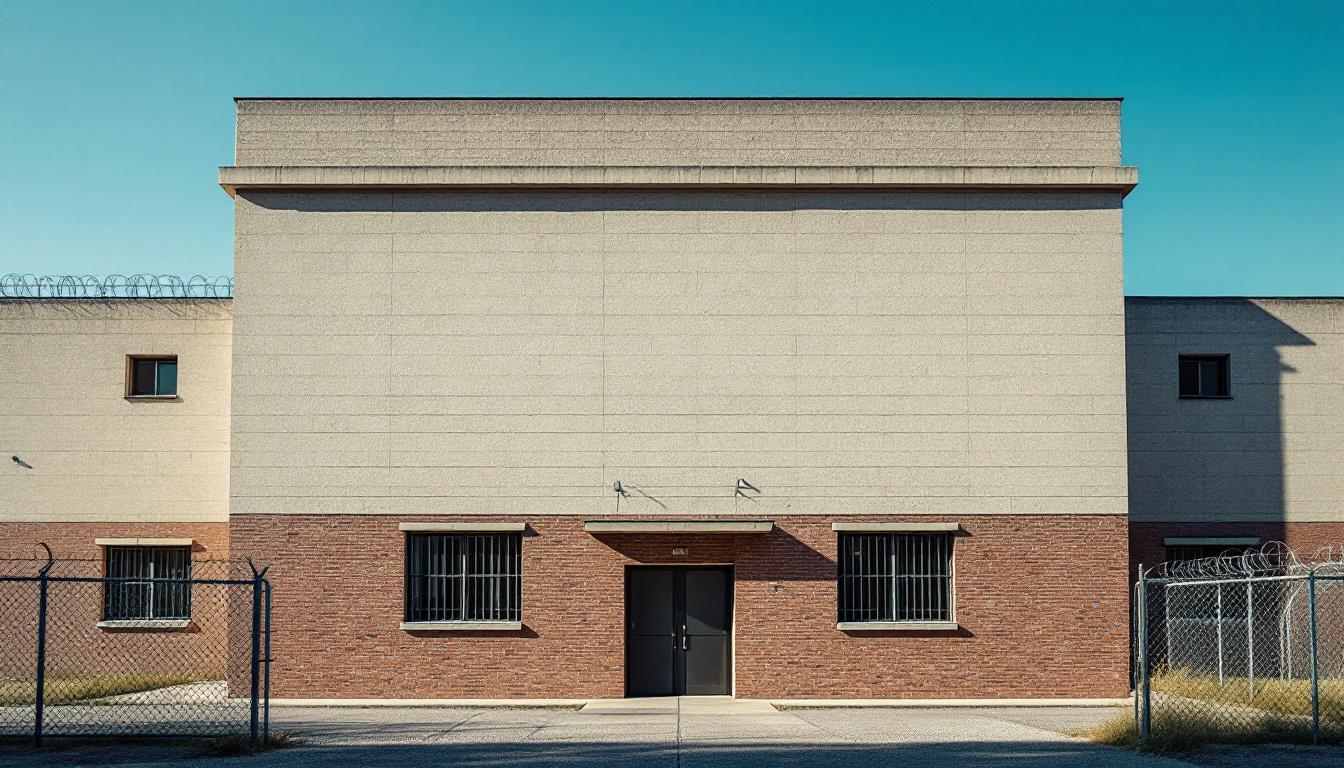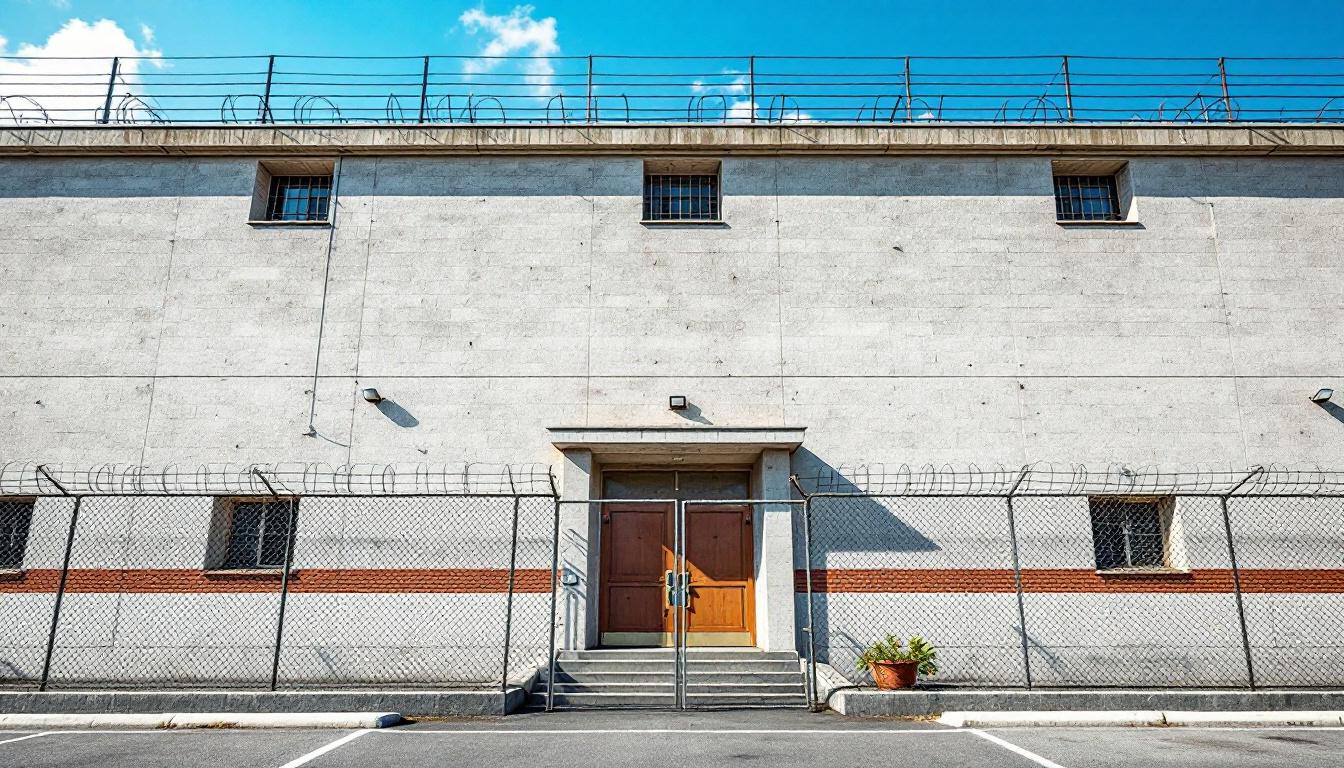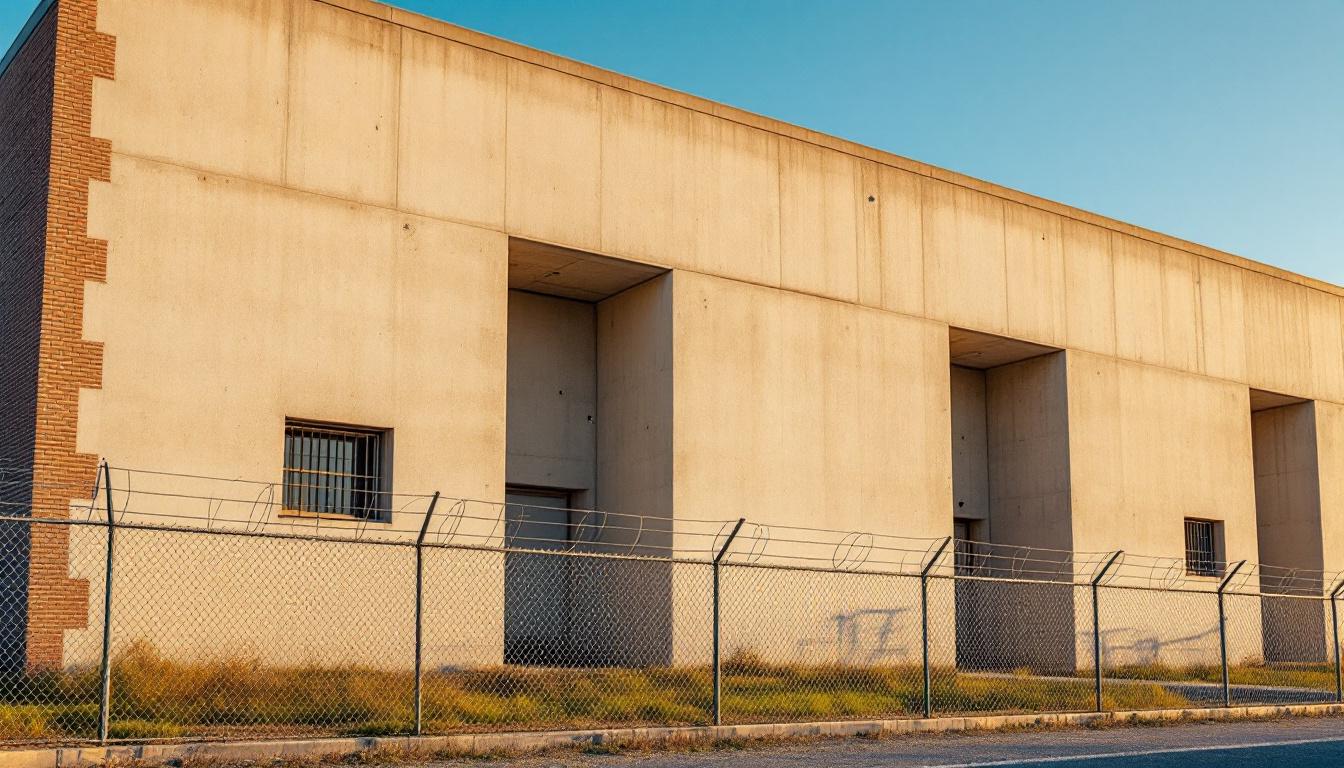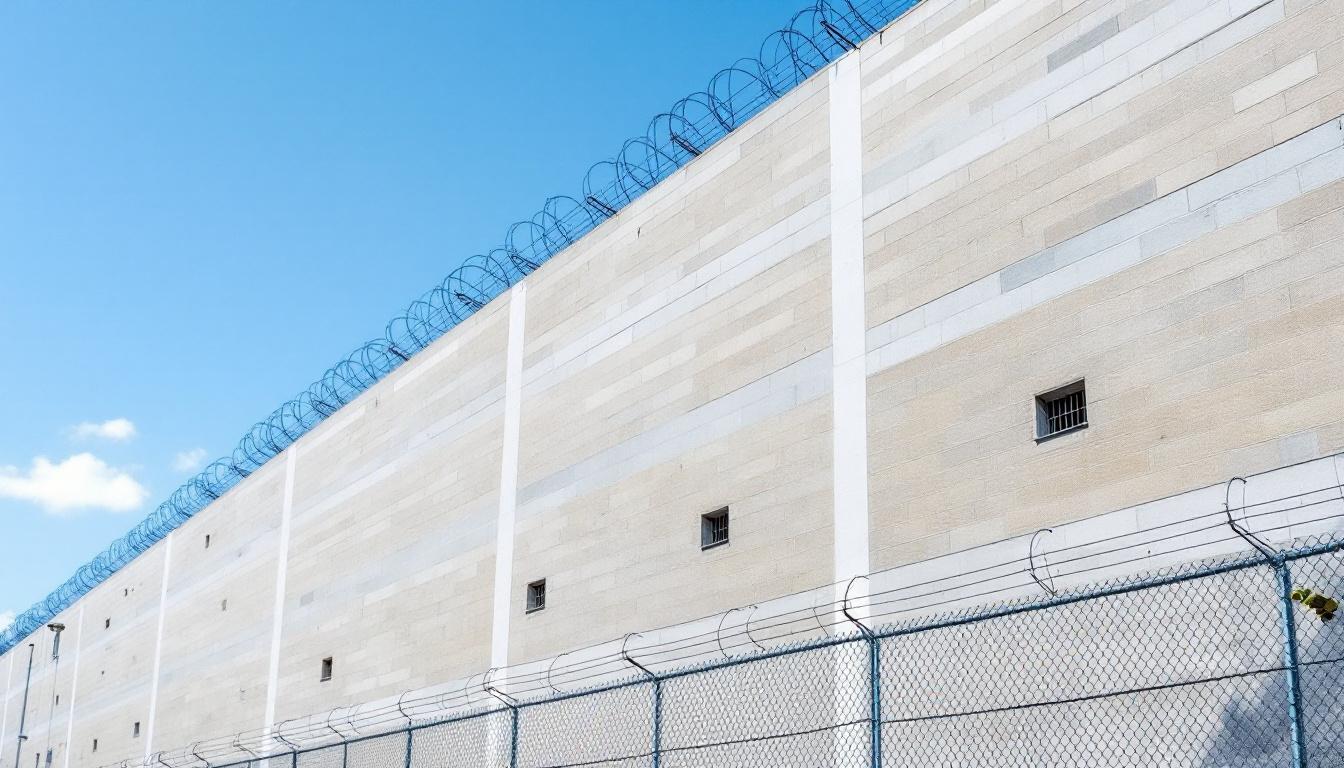
Quick Navigation
How to contact an inmate at Price Daniel Unit
This comprehensive guide will walk you through how to connect with an inmate at Price Daniel Unit. Follow the steps below to find an inmate and send letters and photos:
- Search for the inmate using our search tool below
- Create your account or log in to Penmate
- Write your message (up to 6,000 characters)
- Send instantly - inmates receive printed copies daily
Find an Inmate
Search for an inmate to start communicating today
Tip: You can search by first name, last name, or inmate ID number
To contact a person at Price Daniel Unit start by searching for the person on the official facility website. Perform a search by following these steps:
- Step 1: Enter their first name and last name into the search form and click "Search"
- Step 2: Locate their inmate record
- Step 3: Write down their Inmate ID and any housing information provided
Important! Be sure to enter the person's full name. Nicknames should not be used.
How to Send Messages to Inmates

You can use your phone or computer to send emails, letters, and photos to an inmate. Messages are sent electronically to inmate tablets or kiosks at the facility. If you would like to send a message, start by searching for an inmate at Price Daniel Unit.
Sending Photos and Postcards

A great way to send love and support to a loved one at Price Daniel Unit is to send photos and postcards. It only takes a few minutes to send photos from your phone and it makes a huge difference. You can also mail postcards with words of support and inspiration, or design your own postcard for special moments like birthdays and holidays.
Important! Be sure not to send any explicit photos or they may not be approved by the facility. You can also use a photo printing app like Penmate to make sure your photos are printed at the correct size (4x6 or 3x5) and are mailed according to the rules and regulations of Price Daniel Unit.
Frequently asked questions about Price Daniel Unit
-
How long does it take to deliver a message?
If you're sending an email message your letter is usually delivered within 24-48 hours. For messages sent via mail you should expect delivery within 3-7 days. All messages will need be approved by Price Daniel Unit.
-
How much does it cost to send a message to Price Daniel Unit?
You can send a message free using your phone or mail a message via USPS for the price of a $0.60 stamp and envelope. You can also purchase credits or e-stamps from services starting at $1.99.
-
What services can I use to contact an inmate at Price Daniel Unit?
Penmate
You can use Penmate to send letters and photos to an inmate from your phone. It's an easy way to stay in touch during your loved one's incarceration. Use the inmate locator to find an inmate's location and contact information, then you can send messages within a few minutes.
Securus messaging
Securus may be another option for communicating with an inmate at Price Daniel Unit. You can create a friends and family account and purchase credits to send messages. All messages will be reviewed and must be approved by the facility.
JPay
Some county jails and state prisons may support sending messages with JPay. You must register an account with the system, find your loved one, and purchase stamps to send messages. For some locations you can also attach photos.
Smart Jail Mail
You may also check if Smart Jail Mail is available at Price Daniel Unit. Smart Jail Mail is operated by Smart Communications and has contracted with some state and county jails. After purchasing credits, your messages and photos are sent to the facility, printed out, and then handed out to your loved one.
-
What is the mailing address of Price Daniel Unit?
Mailing address:
Price Daniel Unit
938 FM 1673
Snyder, TX 79549
Phone: (325) 573-1114Business hours:
- Monday: 8:00 AM – 5:00 PM
- Tuesday: 8:00 AM – 5:00 PM
- Wednesday: 8:00 AM – 5:00 PM
- Thursday: 8:00 AM – 5:00 PM
- Friday: 8:00 AM – 5:00 PM
- Saturday: Closed
- Sunday: Closed
-
What are the visiting hours at Price Daniel Unit?
Visiting hours at Price Daniel Unit vary by housing unit and security level. Generally, visits are scheduled on weekends and holidays, with some facilities offering weekday visits. Contact the facility directly at (325) 573-1114 or check their website for the current visiting schedule. Visits typically last 30-60 minutes and must be scheduled in advance.
-
What items are prohibited when sending mail to Price Daniel Unit?
Prohibited items typically include: cash, personal checks, stamps, stickers, glitter, glue, tape, staples, paperclips, polaroid photos, musical or blank greeting cards, hardcover books, magazines with staples, and any items containing metal or electronics. Only send letters on plain white paper with blue or black ink. Photos must be printed on regular photo paper (no Polaroids). Always check with Price Daniel Unit for their specific mail policies.
-
How do I send money to an inmate at Price Daniel Unit?
You can send money to an inmate at Price Daniel Unit through several methods: 1) Online using JPay, Access Corrections, or the facility's approved vendor, 2) Money orders mailed directly to the facility with the inmate's name and ID number, 3) Kiosks located in the facility lobby, or 4) Over the phone using a credit or debit card. Fees vary by method, typically ranging from $2.95 to $11.95 per transaction.
-
Can I schedule a video visit with an inmate at Price Daniel Unit?
Many facilities now offer video visitation as an alternative to in-person visits. At Price Daniel Unit, video visits may be available through services like Penmate, Securus Video Connect, GTL, or ICSolutions. Video visits typically cost $10-20 for 20-30 minutes and must be scheduled in advance. You'll need a computer or smartphone with a camera and reliable internet connection. Contact the facility for their specific video visitation policies and approved vendors.
-
What identification do I need to visit an inmate at Price Daniel Unit?
All visitors must present valid government-issued photo identification such as a driver's license, state ID, passport, or military ID. Minors must be accompanied by a parent or legal guardian who can provide the minor's birth certificate. Some facilities require visitors to be on the inmate's approved visitation list, which may require a background check. Contact Price Daniel Unit for specific ID requirements and visitor approval procedures.
-
How can I find out an inmate's release date?
To find an inmate's release date at Price Daniel Unit, you can: 1) Use the online inmate search tool if available, 2) Call the facility's records department, 3) Contact the inmate's case manager or counselor, or 4) Have the inmate provide this information during a call or visit. For privacy reasons, some facilities only release this information to immediate family members.
Facility Overview
Official Website

About Price Daniel Unit
Situated within the greater Dallas metropolitan area, the Daniel Unit, TX operates as a significant component of the state’s correctional infrastructure, serving the complex needs of residents within Texas’s expansive correctional network. This TX correctional facility maintains its position as an integral part of the regional corrections system, addressing the diverse requirements of individuals committed to state custody while working toward rehabilitation and eventual community reintegration.
The facility typically focuses on providing residents services that encompass educational opportunities, vocational training programs, and various rehabilitative initiatives designed to support personal development and skill acquisition. Programming at the Daniel Unit generally includes basic educational services, substance abuse counseling, and work assignments that may help residents develop practical skills for post-release employment. Mental health services and medical care are typically available to address the comprehensive needs of the population served, while recreational and religious programs often provide additional outlets for personal growth and community engagement.
As part of Dallas’s correctional landscape, the facility operates within established protocols and standards that govern Texas correctional institutions, maintaining security measures appropriate for its classification level while emphasizing the importance of preparing residents for successful community reentry. The Daniel Unit’s role within the broader regional corrections network reflects the state’s commitment to balancing public safety concerns with rehabilitation efforts, contributing to the overall mission of reducing recidivism through structured programming and support services.
Programs & Services
Comprehensive rehabilitation initiatives at Daniel Unit typically center on addressing the multifaceted needs of residents through evidence-based approaches that recognize the interconnected nature of personal growth, skill development, and therapeutic healing. The facility’s philosophy emphasizes creating pathways for meaningful transformation by integrating practical skill-building with emotional and spiritual support systems. These initiatives often reflect a holistic understanding that successful reintegration requires addressing not dedicated immediate behavioral concerns but also underlying factors that may have contributed to criminal involvement.
Educational and vocational initiatives form a cornerstone of the facility’s approach to resident development, with vocational training programs that may deliver hands-on experience in various trades and technical fields. The commercial driving (CDL) program typically provides residents with valuable certification opportunities that can translate directly into employment upon release. Work programs often complement these educational efforts by allowing residents to develop professional skills and work habits in structured environments. Moreover, these initiatives frequently emphasize the development of both technical competencies and soft skills such as time management, teamwork, and professional communication.
Support services and therapeutic initiatives typically encompass a broad spectrum of interventions designed to address the complex challenges residents face. Grief counseling may deliver specialized support for individuals processing loss and trauma, while dual diagnosis treatment often addresses the intersection of mental health and substance abuse issues. Faith-based initiatives frequently provide spiritual guidance and community support for residents seeking meaning and purpose in their rehabilitation journey. Moreover, restorative justice programs typically focus on helping residents understand the impact of their actions while developing empathy and accountability, creating opportunities for meaningful reflection and personal growth that extends beyond traditional correctional approaches.
Daily Life & Visitation
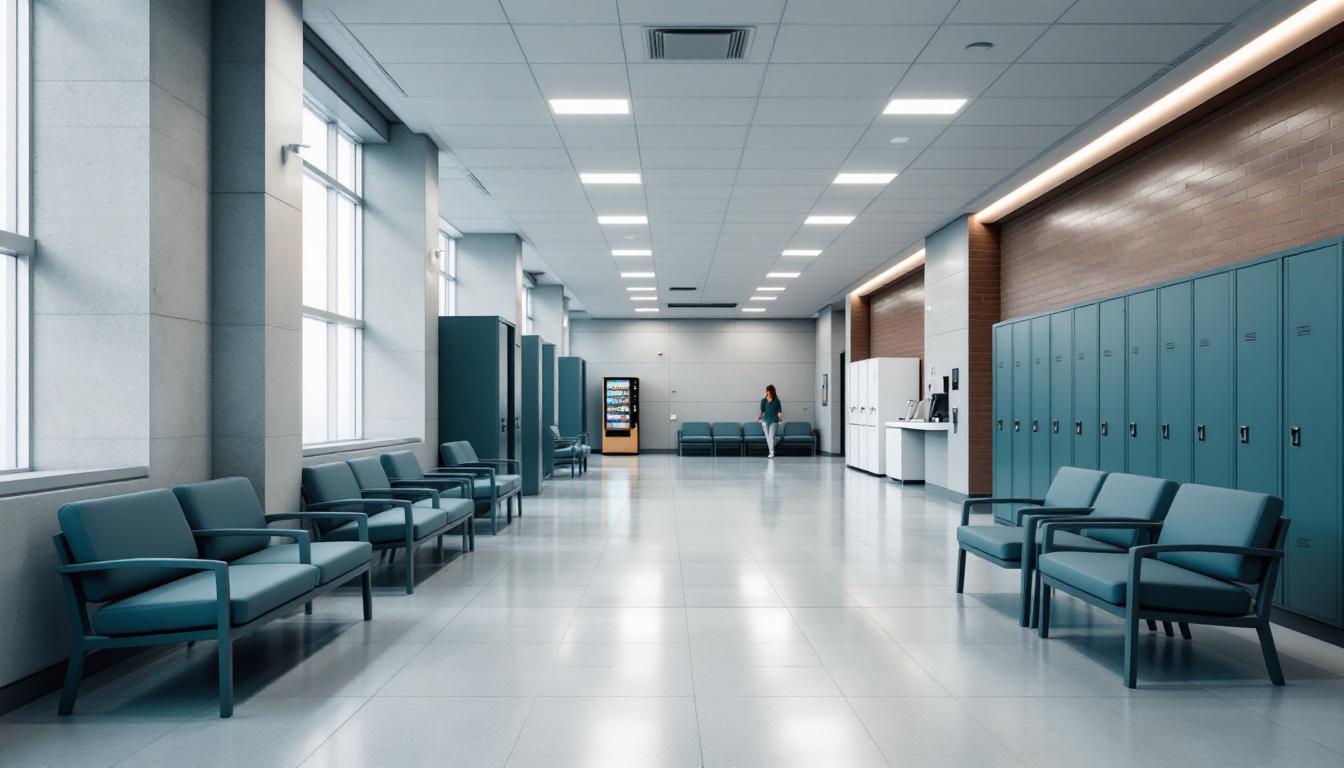
The rhythmic cadence of institutional schedules creates a framework that residents at present find provides predictability in their daily existence, with structured wake-up calls, meal times, and programmed activities that actively guide each day from beginning to end. This carefully orchestrated routine typically begins in the early morning hours with count procedures and continues through scheduled work assignments, educational programming, and recreational periods that deliver consistent structure throughout the week. Generally, residents participate in various facility operations that may include kitchen duties, maintenance work, or administrative support roles, while educational and vocational programs often run during designated afternoon and evening time blocks.
Moreover, living accommodations within the housing units typically feature dormitory-style arrangements or smaller housing pods where residents maintain personal sleeping areas and share common spaces for daily activities. The dining arrangements generally operate on a scheduled rotation system, with meals served in designated areas at consistent times throughout the day, allowing residents to anticipate and prepare for these regular gathering periods. Personal property policies usually permit residents to maintain approved items in their living spaces, while commissary services typically provide opportunities to purchase additional personal care items and approved food products.
Whereas the structured programming schedules deliver educational opportunities, vocational training, and recreational activities during designated periods, family connections remain actively supported through scheduled visitation periods and communication options that may include phone privileges and correspondence. Recreation and exercise opportunities generally include access to outdoor areas, gymnasium facilities, and organized sports activities that provide physical outlets within the daily routine. These various elements work together to create an environment where residents can typically maintain contact with loved ones while participating in programs designed to support personal development and preparation for eventual reintegration into the community.
Ready to Connect?
Start communicating with your loved one today
Search for an Inmate
